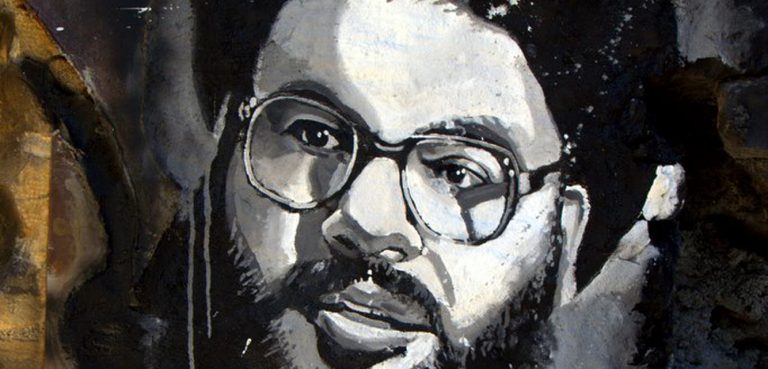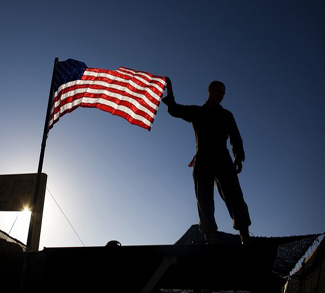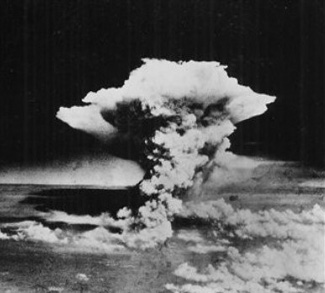The Lebanon civil war was a complex and bloody conflict that is estimated to have claimed as many as 200,000 lives between 1975 and 1990. The war’s central actors, sectarian divisions, and socio-economic dynamics all continue to resonate to this day. And for some, the Lebanon civil war never truly ended.
1943 – Lebanon achieves independence from France during World War II. The National Pact, a de facto unwritten constitution, establishes a confessional political system where power is shared on sectarian lines: the president is always a Maronite Catholic, prime minister a Sunni Muslim, Speaker of Parliament a Shia Muslim, etc.
1948 – The Arab-Israeli War and the ensuing Nakba drives approximately 110,000 Palestinian refugees into Lebanon, upsetting the sectarian balance of the newly formed state, notably to the detriment of Maronite Catholics. The economy of predominantly Shia southern Lebanon suffers in the wake of population displacements and restricted cross-border movements following the establishment of the state of Israel.
1958 – 1,700 US Marines invade Beirut in Operation Bluebat – the first ever US military intervention in the Middle East – amid mounting sectarian unrest in Lebanon, which broadly pitted the pro-West and Christian President Camille Chamoun against a groundswell of pan-Arab nationalism among Lebanon’s Sunni community. The invasion is looked back on as an overreaction on Washington’s part.
1964 – Palestine Liberation Organization (PLO) founded in Jerusalem, seeking to centralize a hitherto atomistic Palestinian resistance against Israel.
1967 – The Six-Day War produces another wave of Palestinian refugees entering Lebanon.
1969 – The Cairo Agreement transfers control of Palestinian refugee camps from the Lebanese Armed Forces to the Palestine Armed Struggle Command, a branch of the PLO. The move inflames sectarian tensions in its erosion of Lebanon’s national authority, driving a wedge between Christian and Muslim groups.
1970-71 – The ‘Black September’ conflict erupts between the Jordanian army and the PLO, whose militias had been legally residing in Jordan under the terms of the Seven-point Agreement of 1968, using the country as a base for cross-border attacks against Israel. The eventual outcome is a crushing defeat for the PLO, which is subsequently expelled from Jordan and forced to shift its base of operations to Lebanon, where the group finds sanctuary among a sizable population of Palestinian refugees.
April, 1975 – The shooting of a PLO driver in a Maronite neighborhood unleashes a rash of sectarian killings that leaves hundreds dead within days. The violence causes sectarian groups to take up arms and set up checkpoints in areas they control.
This is generally considered the opening act of the Lebanese Civil War, a conflict that broadly pitted the Lebanese National Movement (LNM) – a coalition of Muslim and socialist groups that opposed the established order of the National Pact and supported the PLO – against the predominantly Christian Lebanese Front, which fought to maintain the status quo and expel the Palestinians from Lebanon.
1976 – Syria intervenes in the Lebanon civil war on behalf of Maronite militias, and later in the year takes control of a 40,000-strong contingent under the Arab League, dubbed the ‘Arab Deterrent Force.’ Underpinning the Syrian operation is its longstanding aim of bringing Lebanon back into the fold, either by dominating its domestic politics or absorbing it completely into the Syrian state.
March, 1978 – Israel launches Operation Litani and invades Lebanon in response to a Palestinian seaborne raid that killed 33 Israelis near Tel Aviv, only to withdraw months later and hand control of over to local Phalangist militias calling themselves the South Lebanon Army (SLA). UN peacekeepers under the United Nations Interim Force in Lebanon (UNIFIL) are deployed to the area, but it falls on the SLA to maintain a buffer zone along the Israel-Lebanon border. The invasion helps turn the tide of the civil war, which had been favoring the LNM and PLO forces.
The invasion pushes a wave of 200,000 predominantly Shiite refugees northward, swelling the ranks of the Amal movement, a hitherto obscure political group organizing to end the longstanding marginalization of Shiites in Lebanese politics. The Israeli invasion of 1978 begins a gradual process by which Amal expands its support base across southern Lebanon to the detriment of the PLO and other Palestinian groups.
June, 1982 – Citing the failure of UNIFIL to halt PLO attacks on Israel from Lebanon, Israel launches Operation Peace for Galilee and invades Lebanon again, laying siege to Beirut with the support of allied Christian militias.
August, 1982 – A multinational peacekeeping force arrives in Lebanon as part of a ceasefire deal reached between the PLO and Israel, comprising of troops from the United States, France, and Italy. The operation’s mandate was to facilitate the withdrawal of the PLO and guarantee the safety of Palestinian civilians left behind in Lebanon.
September, 1982 – The PLO withdraws from Beirut to Tunisia with the protection and assistance of international forces.
Later that month, an estimated 2,000-3,500 civilians are massacred in the Sabra and Shatila Palestinian refugee camp in western Beirut by Phalangist militias in response to the assassination of Christian president-elect and militia leader Bashir Gemayel. At the time, the camps were under siege by the IDF, which was accused of actively facilitated the killing by firing flares for the Phalangists to operate at night. The massacre produces a public break between Israel and the Reagan administration. The IDF eventually withdraws from Beirut but will remain in southern Lebanon for 18 years.
April, 1983 – A car bombing destroys the US Embassy in West Beirut, killing 63 people. The attack marks a tactical shift toward suicide operations that will become increasingly familiar in the ensuing decades.
October, 1983 – A suicide bombing on a military barracks in Beirut kills 299 members of the US and French armed forces, representing that largest one-day loss of life in the Marine Corps since Iwo Jima. The attack saps public support for the US intervention in Lebanon, paving the way for the rapid departure of the international peacekeeping force in the months that followed. US intelligence later attributes the barracks attack to Hezbollah.
1984 – Amal and allied Shia militias take full control of West Beirut.
1985 – Israel’s occupation shrinks to a ‘security zone’ along its border with Lebanon.
Hezbollah releases its ‘open letter,’ the group’s first political manifesto. The document identifies Israel, the United States, and France as primary enemies and implies that the group had a role in the 1983 suicide attacks against US and French targets in Beirut.
1988 – The War of Brothers begins between secular Amal and Hezbollah, two Shia groups entrenched in southern Lebanon and backed by Syria and Iran respectively. Where Amal’s vision for the Shia community is secular, Hezbollah’s is religiously grounded, and the movements are on opposing sides regarding the PLO’s ongoing presence in Lebanon, with Amal in opposition and Hezbollah in support. Hezbollah eventually emerges victorious and goes on to become a fixture in Lebanon’s post-war political life.
1989 – The Taif Agreement is signed in Saudi Arabia, restoring the previous confessional governing system in a modified form that ascribed more political power to Muslim groups. The agreement legitimized an ongoing role for Syria and its armed forces as guarantor of the peace. They would remain in Lebanon until 2005, when widespread suspicion of a Syrian role in the assassination of former premier Rafik Hariri led to the peaceful uprising of the Cedar Revolution. The agreement also called for the disarmament of all armed militias within Lebanon. But this was not implemented with regard to Hezbollah, first due to the ongoing Israel occupation in southern Lebanon, and after 2000 due to its close ties with the occupying Syrian forces.
1990 – Syrian forces storm the Baabda Palace, driving Michel Aoun into exile and bringing a close to the Lebanon civil war.




